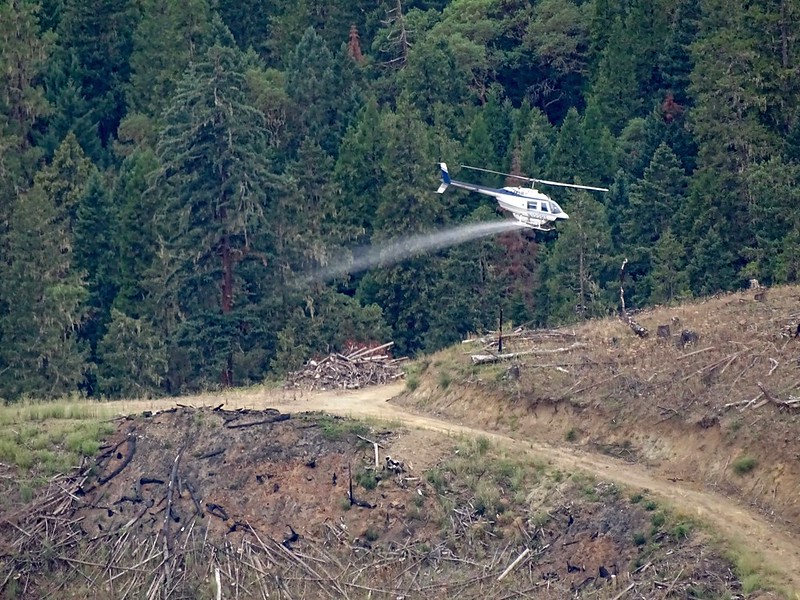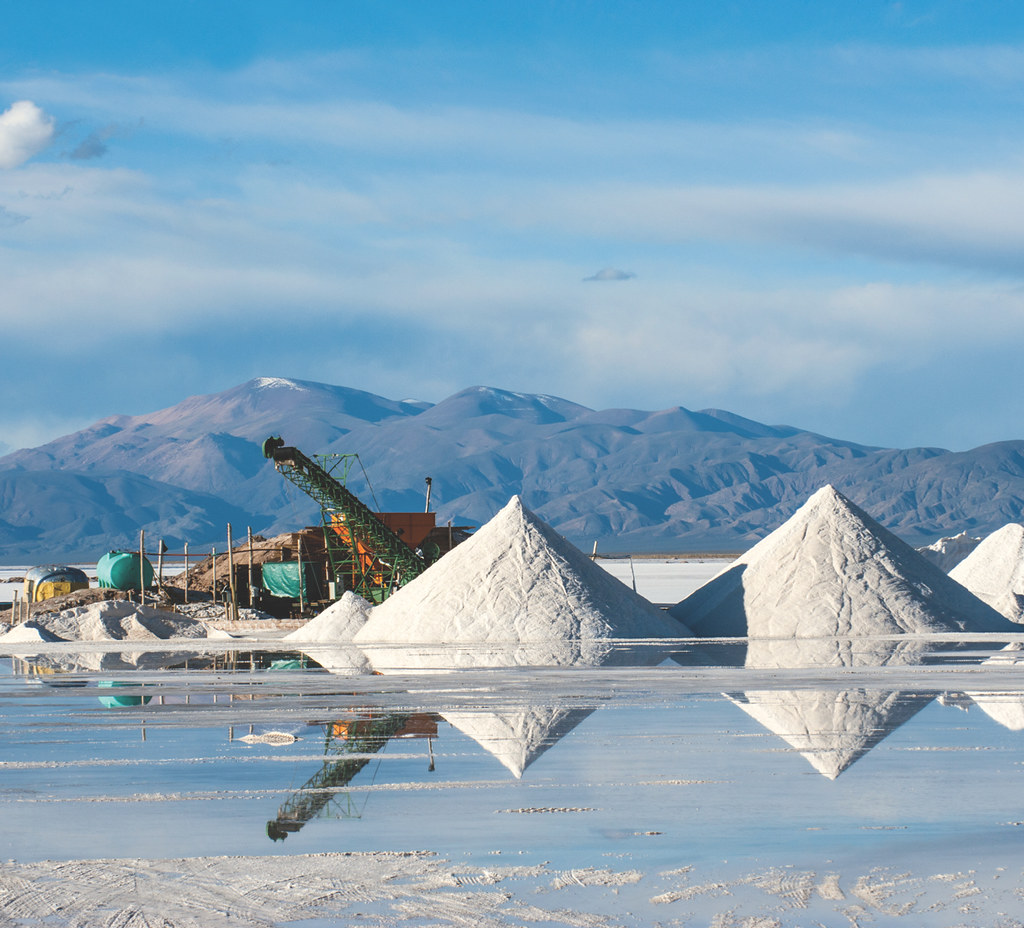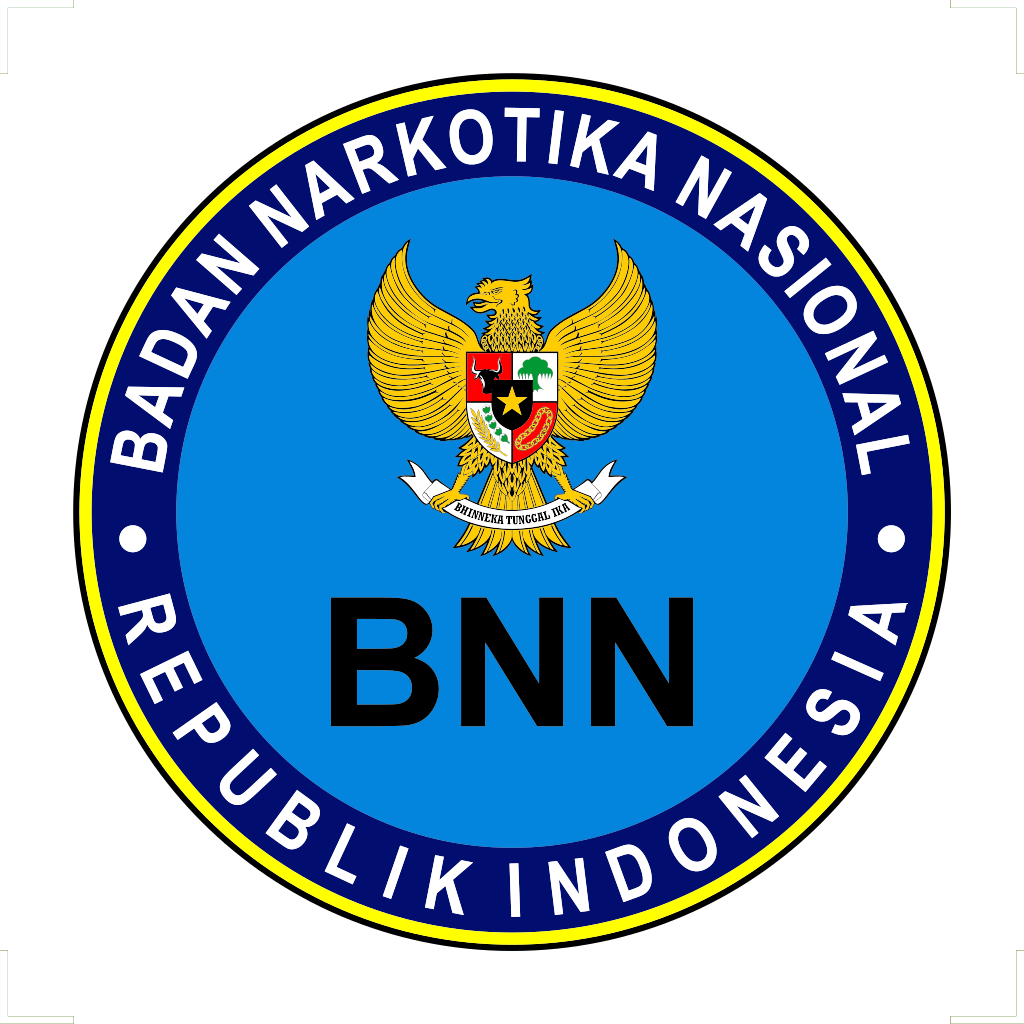“Now the National Port Authority is trying to rescind the exclusivity, claiming it made a mistake…The Chinese company, however, remains firm and even hints that it could withdraw if it does not obtain exclusive access.”
China’s megaport in Chancay, Peru, just north of Lima, is set to be inaugurated by Chinese President Xi Jinping later this year during the annual Asia-Pacific Economic Cooperation conference. One of the largest deep-water ports of its kind, Chancay represents one of China’s most ambitious projects in South America. Built by state-owned enterprise Cosco Shipping, Chancay is meant to catalyze the China’s food security and dominance over critical minerals, while cutting shipping times to Asia by around one week. However, according to Argentine media outlet Infobae, Peruvian officials have announced an “administrative error” permitting Cosco Shipping to both build and operate the port exclusively.[i] According to the article, Peruvian regulators have rejected Cosco’s exclusivity, declaring it incompatible with having built the port under domestic law.[ii] As per the second excerpted article from Infobae, Cosco has said it will initiate legal action against Peruvian regulators, insisting on its economic model of exclusivity. The fallout from the Port of Chancay legal wrangling is notable, and likely to have a lasting impact. China sees the moment as precedent-setting for other countries with Chinese state-owned enterprises controlling key infrastructure projects, while Peru finds itself in a major bind after years of burgeoning Chinese influence over strategic sectors in the country. If Cosco manages to win exclusive control of Chancay, China will further solidify its control over strategic infrastructure in the Western Hemisphere; if Peru manages to safeguard its autonomy, it may furnish a blueprint for other regional powers willing to test the limits of China’s infrastructure ownership models.
Sources:
Source: “El ‘error administrativo’ que pone en jaque al Perú: dio el control total a China del Megapuerto de Chancay (The ‘administrative error’ that puts Peru in check: it gave China full control of the Chancay Megaport),” Infobae (an Argentine outlet with excellent regional coverage), 14 May 2024. https://www.infobae.com/peru/2024/05/14/el-error-administrativo-que-pone-en-jaque-al-peru-dio-el-control-total-a-china-del-megapuerto-de-chancay/
With a projected investment of more than three billion, China is now bringing out its true intentions and at the same time taking advantage of an ‘administrative error’ on the part of Peruvian officials by granting operational exclusivity to Cosco, which has put the project in check…a situation that the National Port Authority of Peru is currently trying to solve…The Peruvian government assumed that the Chinese shipping giant would simply use the port of which it will be the majority owner and would not have exclusive rights over it. But during the negotiations, Cosco somehow obtained precisely these rights. Now the National Port Authority is trying to rescind the exclusivity, claiming it made a mistake…The Chinese company, however, remains firm and even hints that it could withdraw if it does not obtain exclusive access.
Source: “Megapuerto de Chancay: Cosco Shipping no da su brazo a torcer y anuncia sus acciones legales por conflicto con el Estado peruano (Chancay Megaport: Cosco Shipping does not give in and announces its legal actions due to conflict with the Peruvian State),” Infobae (an Argentine outlet with excellent regional coverage), 8 May 2024. https://www.infobae.com/peru/2024/05/07/megapuerto-de-chancay-consorcio-chino-no-dara-su-brazo-a-torcer-y-anuncia-sus-acciones-legales-por-conflicto-con-el-estado-peruano/ Through a statement, the Chinese consortium Cosco Shipping Ports Chancay Peru SA, in charge of the megaproject, recognized that the port infrastructure work in the country has been ‘seriously harmed’ by a change in the regulatory scheme…the company reported that they have found it necessary to initiate legal actions to defend its operating model and ensure its classification as private infrastructure, despite the public benefits it offers.
Notes:
[i] At an earlier period, U.S. officials warned Peru about China exerting control and exclusivity over Chancay. See: Michael Stott and Joe Daniels, “U.S. Raises Concern with Peru over Chinese Control of Infrastructure,” Financial Times, 3 October 2023. https://www.ft.com/content/2c77be69-60d7-4d5c-a0c6-c7978bde3888
[ii] According to noted analyst Elisabeth Braw, this situation is likely the result of Peru failing to read the fine print of the agreement. See: Elisabeth Braw, “Peru Learns to Read the Fine Print in China Deals,” Foreign Policy, 13 May 2024. https://foreignpolicy.com/2024/05/13/peru-learns-to-read-the-fine-print-in-china-deals/




